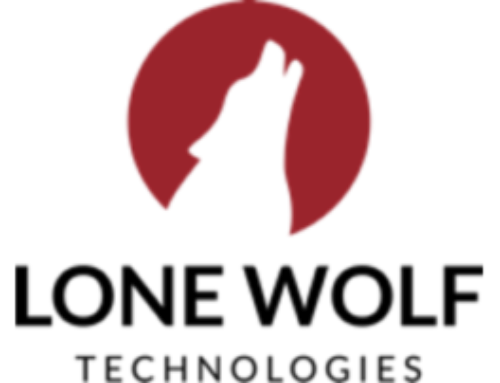Studies have shown that only about 1 in 3 new products launched become successful ventures. The real estate industry is no different. There have been many products and services that have not made it.
In my experience launching consumer products, software and technologies in a variety of industries, I have observed a few common mistakes that start-ups and even established firms make when launching new products.
Putting the Customer’s Needs First
How many new products were borne out of the founder’s desire to build something he believes is really important and valuable. While sometimes entrepreneurs get lucky with the approach, they many times do not directly serve the needs of their customers and the product falls on deaf ears. While the innovation created by visionary entrepreneurs should not be squelched, many successful product launches temper the direction with input from customers, channel partners and end users. This input does not need to be expensive or even formalized, but the most successful companies solicit input from the ultimate purchaser of their product throughout the product development process.
Companies that do not engage in intelligence gathering activities sometimes to adjust their product after the fact or even worse, repurpose the product for another target audience because they completely missed the mark with their original audience. These kinds of mistakes can be costly and even deadly to start-ups or new initiatives within companies.
Solving an Important and Painful Problem
When conducting research, the most important thing to focus on is to identify the key problems or opportunities for your target audience. If you deliver them a “vitamin” instead of a “pain-killer” they will be much less likely to adopt the product becuase it does not solve an important problem. Conversely products that do not create significant new opportunities will also fail.
Focused Benefit
Once a company has done the hard work of identifying important customer needs to be solved and has outlined a product to solve the problem, the next key step is positioning. In order to be able to communicate the benefits of a product, particularly to a non-technical audience like REALTORS, a product needs to be able to communicate one simple, easy to understand benefit. Generally, our industry responds best to products which promise a method for increasing sales success. Our industry does not respond nearly as well to promises of increased efficiency or reduced costs. It is a sales-driven industry so companies trying to succeed here need to be able to deliver messages which tie back to sales success.
In order to deliver a focused message the following issues need to be outlined:
Target Audience – who, specifically do I want to sell my product to – Top Producers, Teams, MLSs, New Agents etc.
Competitive Set – who, specifically will the product be competing against? Even if the product is brand new and has no direct competitors, there are still competitors. For example, the first transaction management software launched was competing against manual transaction management processes. Today, transaction management platforms still compete largely against manual processes.
Key Benefit – in order to build a simple, easy to understand message about the product, the key user benefit of the product needs to be described in just a few words. This is NOT about features. It is about the net benefit the product will deliver to a customer. For example, Microsoft Outlook does not allow email, folders and contacts – all features included within Outlook. Outlook provides users with an efficient way to communicate online. This process is sometimes very difficult for developers of a product who want to be sure their customer knows every detail about the product upfront.
I have conducted several Positioning Statement development sessions and they are always spirited. While it seems like a simple process to define the target audience, competitive set and key benefit of the product it can take hours and even days to get an entire team on-board with one focused message. Ideally once the statement or series of statements are developed the company will get input from end users about them and see which one resonates best with them.
Once the positioning statement is built then it can be used as the underpinnings for every communication on the website, press releases, brochures, white papers and any type of communication used to educate potential customers about the product.




